Sketch ideation
Remora
The International Maritime Organisation defines biofouling as the undesirable accumulation of aquatic organisms on surfaces and structures immersed in or exposed to the aquatic environment. Currently, the most common way to deal with biofouling is by implementing non-sustainable solutions for hull vessels, such as antifouling paints and in-water cleaning, leading to a physically demanding process that affects both human and marine life. We decided to tackle this challenge by starting with the following question: how might we create a user-friendly and sustainable solution to give maintenance and control biofouling on small to medium vessels? As a result, we developed REMORA, an aquatic Cobot that helps scuba divers monitor and clean vessel hulls. With this, we envision a safer and 100% sustainable collection of biofouling.
Project Background and Scope
71% of our planet Earth is a compound of water. 97% of the water is found in the ocean. In this vast volume, biofouling represents an alarming problem. It primarily disrupts the balance of nature by affecting the local food web, and invasive aquatic species can lead to the loss of indigenous species. A recent study on commercial ships showed that a thin layer of slime covering up to 50% of a hull surface can trigger an increase in fuel consumption and greenhouse emissions of 20 to 25%. Among the consequences are the deterioration of the fishing industry, scuba divers risking their lives when cleaning, and diseases through non-native species being carried from harbour to harbour.
Biofouling becomes visible during the “Macrofouling” phase, causing noticeable problems. Here, larger and more complex organisms, such as barnacles, molluscs, hydroids, and other marine organisms, attach themselves to the submerged surface and grow into mature, visible forms. In weeks, it can reach a thickness of 1 cm. In a few months, it can reach 10cm. According to research by Sarah Caronni in 2017, biofouling on small and recreational boats is the risk of spreading Invasive Aquatic Species from ports to smaller harbours, anchorages, islands, and inland between lakes, catchments and reservoirs. In some areas, marinas have proven to host a more extensive variety of Invasive Aquatic Species than commercial harbours. This can be explained by the longer idle time a recreational boat stays in a marina or harbour than a commercial ship.
Method
With the initial research done, we decided to focus on solving the monitoring, cleaning, and collection of biofouling in small- to medium-sized vessels. Through a human-centred design approach, we conducted three interviews with different target groups related to the marine industry and boat maintenance. These interviews provided meaningful information and insights, leading us to more desktop research and, later, the ideation process. Among the accumulated data, the most impactful was that the term biofouling and its impact is not typical for the marine staff. Other people knew the problem 2
but didn’t know its proper name. Therefore, this insight made us realise that our concept needed to bring awareness of the problem to the divers in charge of the cleaning and the people involved in the marine industry who could take further action.
We experimented with new creative technologies such as Vizcom AI, Mid Journey and Leonardo AI as part of our design process. These tools helped us explore faster and crazy different design opportunities to solve this challenge. Through several iterations and concept refinements, we finally defined our setup, consisting of an underwater collaborative robot, a dock station to accumulate the biofouling and a monitoring system. With the system defined, we explored the shape and usability through sketches, 1:1 scale cardboard models and 3D sketch iterations.
Result
Remora is a collaborative robot designed to enhance scuba divers’ workflow, making biofouling cleanup more efficient and environmentally conscious. The three main pillars of our concept are monitoring, cleaning and collecting of biofouling.
First, the scuba divers program and send the collaborative robots “Remoras” to scan and clean the biofouling of the first boats. Once the initial vessels have been tackled, they notify the divers, letting them know they are ready to guide them through some specific details that need to be taken care of by the divers. Once at the hull, Remora goes around the boat, pointing out the tiny nooks that require extra cleaning. The scuba divers can access the cavitation blaster embedded in Remora. Once they have finished with the boat, the scuba diver can get back to meet with their colleague and take care of the next boat. Meanwhile, Remora Cobot glides around the boat, scanning and documenting their shiny job. We designed the container of Remora to be able to handle the muck from three to five boats. Once their container is nearing its limit, they swim back to the skiff, where they have a high-tech dock station. The staff in the boat can unclip the brimming box from Remora, and places it into the dock for collection, handing a fresh one, sending remora for round two.
As we see it, we think this project goes further than making an efficient and sustainable cleaning and collection of biofouling. We consider that implementing this concept could contribute to a more enjoyable work environment for scuba divers. It extends to the broader purpose of crafting a brighter and cleaner future for our underwater world.
Gerardo Soler
Yuan Hong
In collaboration with:

Remora Project Video
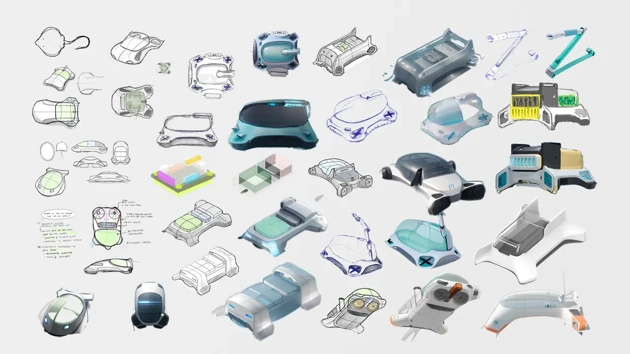
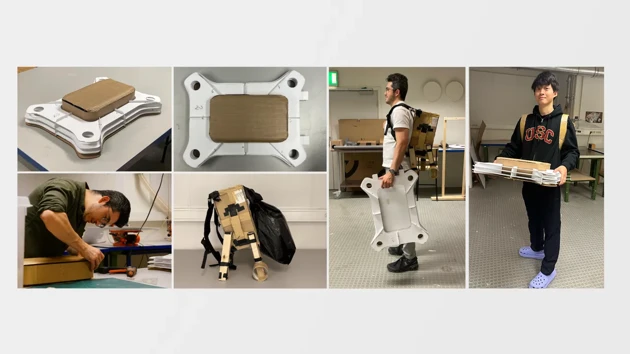
Cardboard iedation
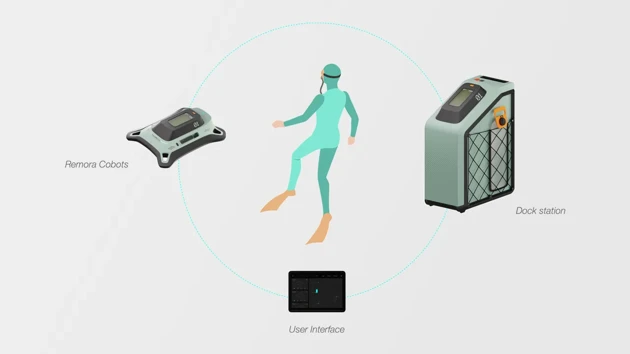
Remora system
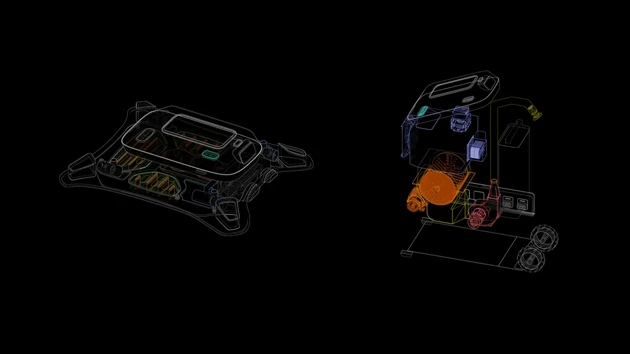
Internal componenents
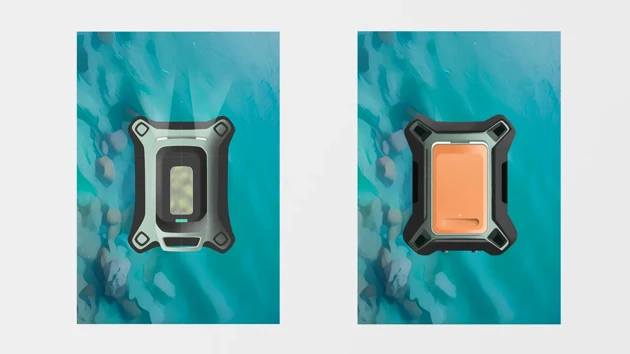
Digital sketch ideation
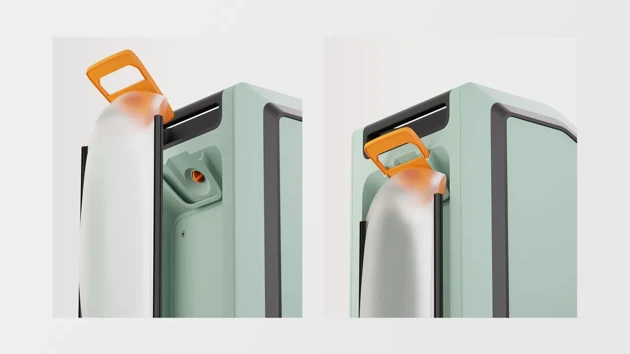
Bag installation
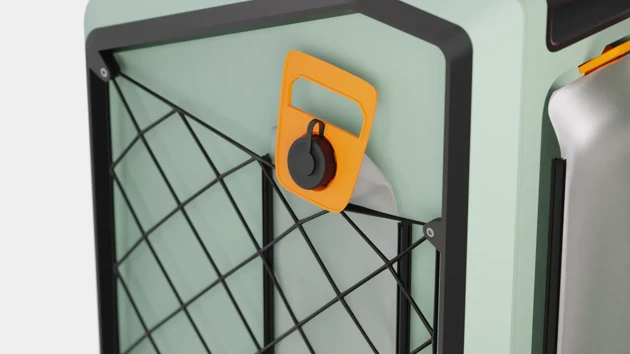
Bag storage
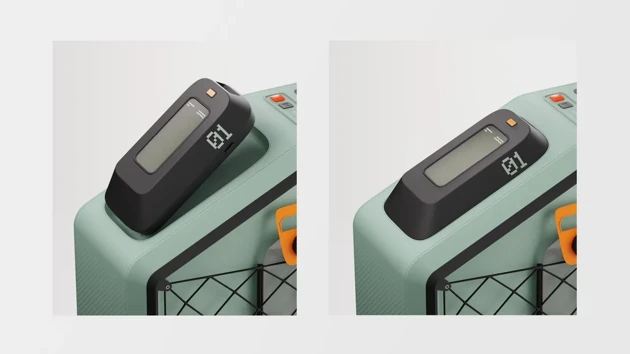
Biofouling box
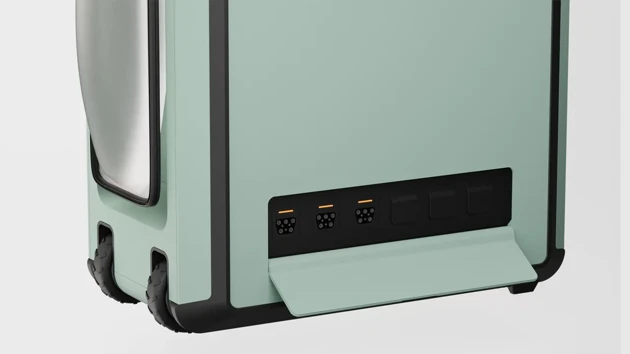
Charging ports
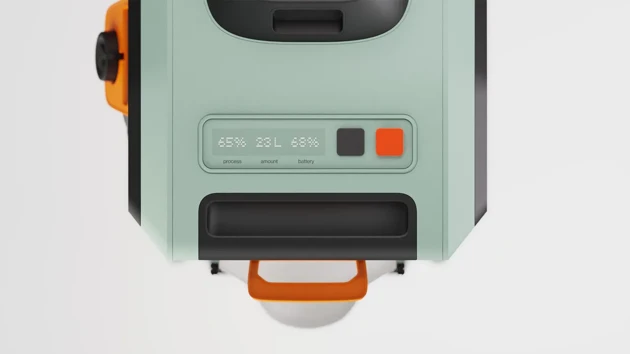
Dock station UI
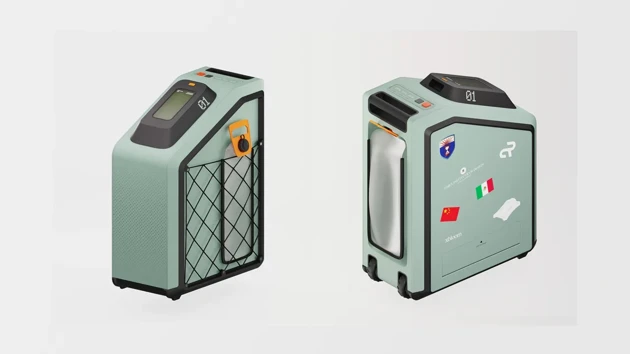
Dock station views
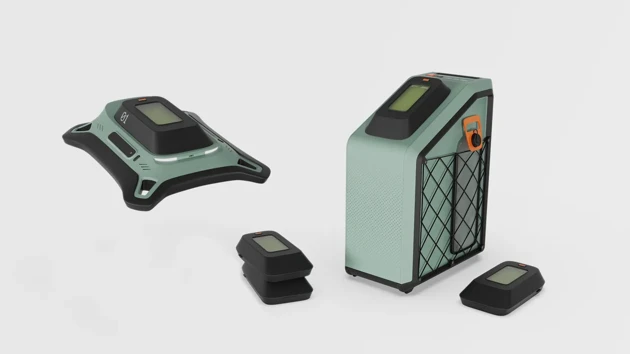
Full system
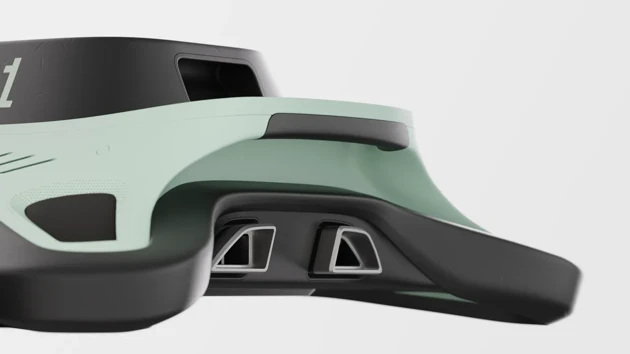
Handle
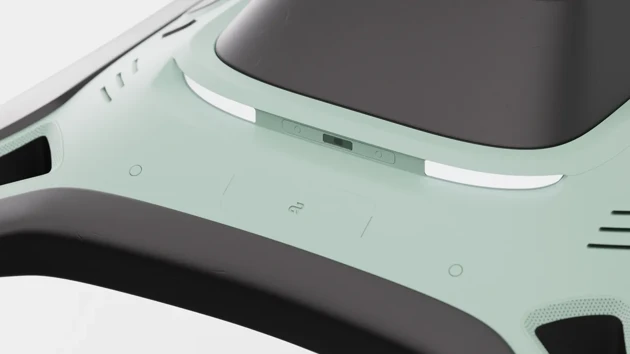
Navigation system
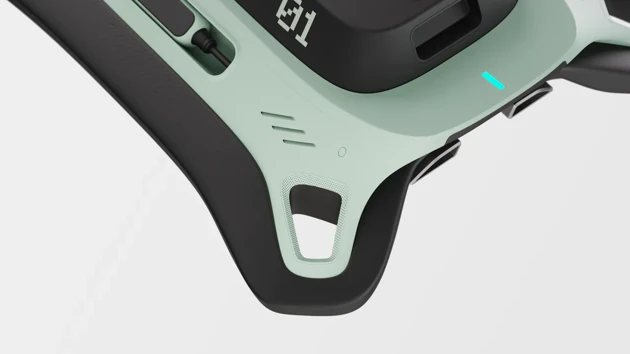
Propellers detail
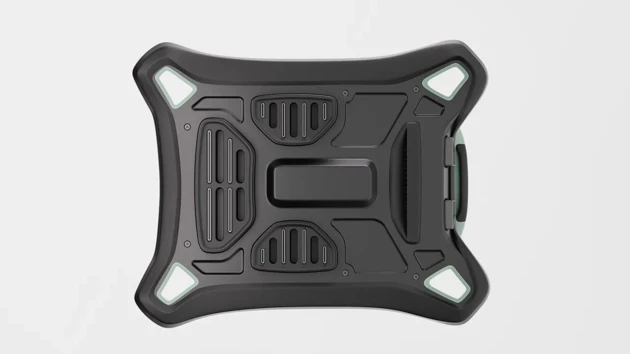
Rear system
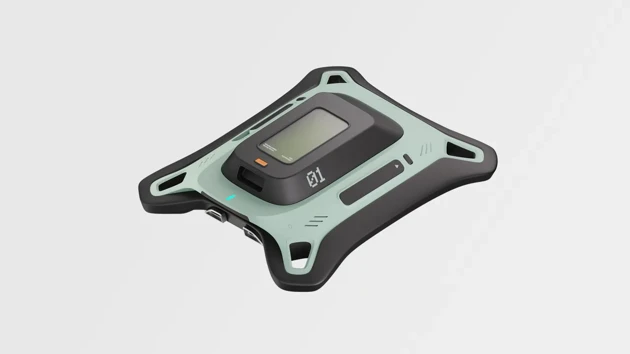
Rear view
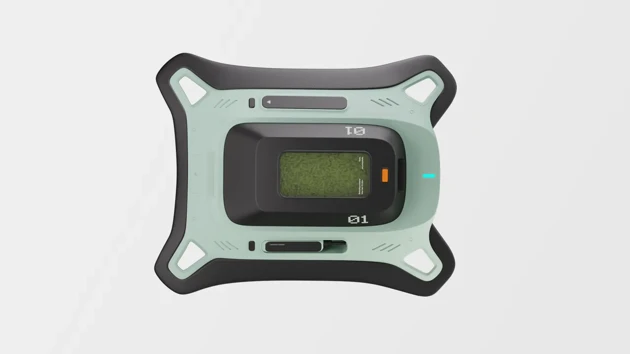
Top view
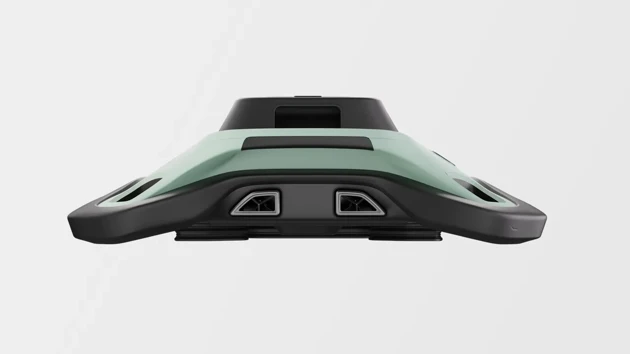
Water jets
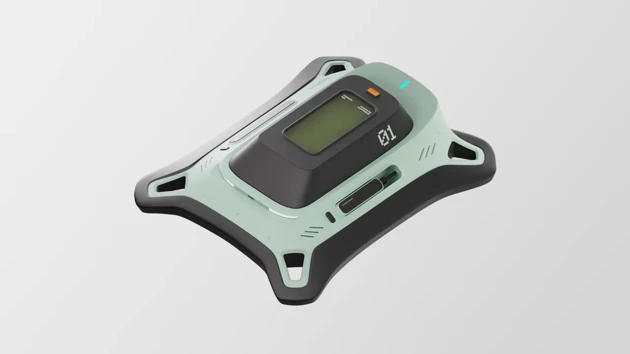
Final result
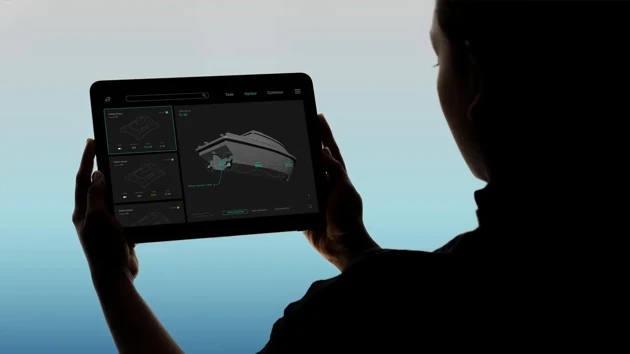
User journey






















